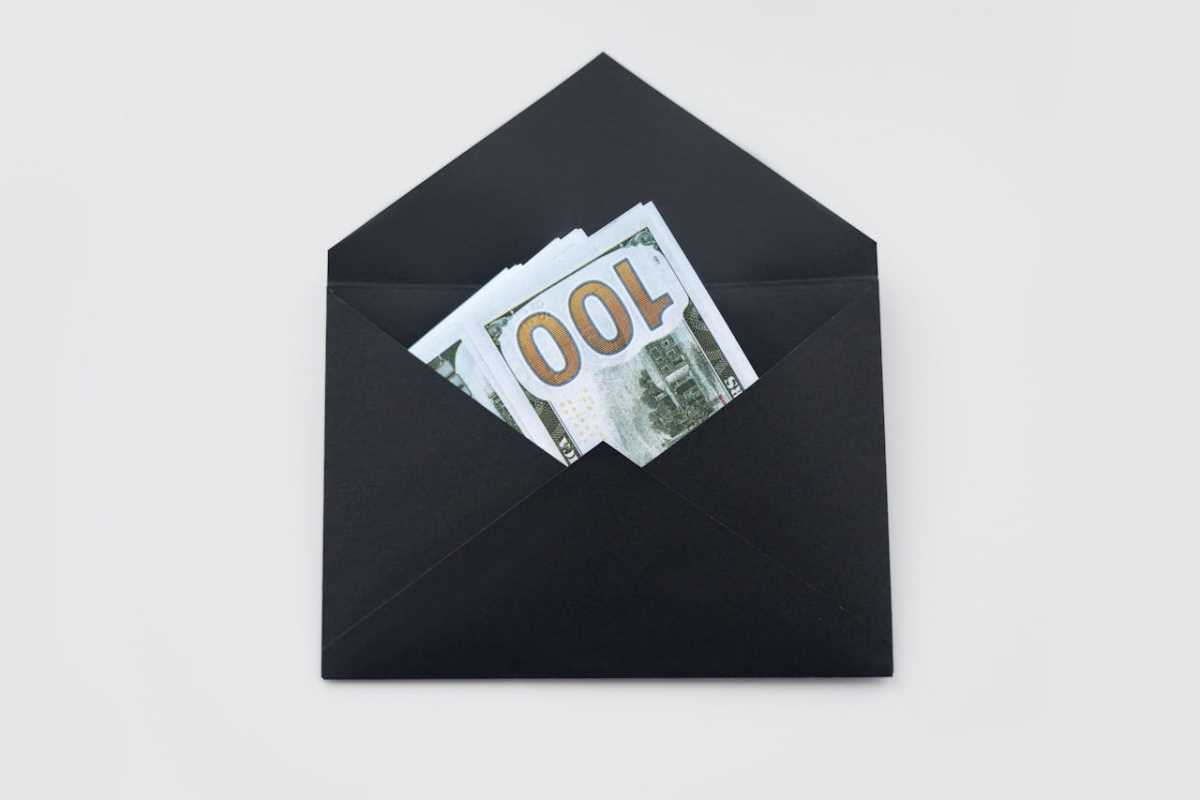Managing your finances can sometimes feel like a daunting task, but building a budget is one of the most effective ways to take control of your money. Budgeting allows you to see where your cash is going, helps you build savings, and puts you on a path toward achieving your financial goals.
DIY budget trackers provide a simple and personalized way to manage your money, and they’re easier to create than you might think. This guide will walk you through a variety of budget tracker options, including step-by-step instructions for creating your own.
Why Use a DIY Budget Tracker?
When it comes to budgeting, simplicity and personalization matter. A DIY budget tracker gives you the freedom to design a system that works specifically for your lifestyle. Unlike pre-made tools or apps, creating your own tracker allows you to focus on categories that are meaningful to you, whether that’s groceries, entertainment, or savings goals for a dream vacation.
The benefits of using a DIY budget tracker include:
- Cost-Effective: Creating your own tool costs little to nothing.
- Fully Customizable: Tailor your tracker to match your financial habits and goals.
- Hands-On Awareness: Actively setting up your tracker gives you a deep understanding of your expenses and spending patterns.
Now, let's explore the best DIY options available, so you can choose one that fits your needs.
1. Spreadsheets – The Ultimate DIY Classic
Spreadsheets are one of the most popular choices for creating a budget tracker. They’re versatile, easy to set up, and free if you have access to software like Microsoft Excel, Google Sheets, or Apple Numbers. Using spreadsheets puts all your financial information in one place, so you can quickly see where your money is going.
How to Create a Spreadsheet Budget Tracker:
- Start with Income: Create a column to list all your income sources, including your paycheck, freelance work, or other streams of earnings.
- Add Expense Categories: Below your income, list all expense categories such as rent, utilities, groceries, transportation, and personal spending. Be as specific as possible.
- Separate Fixed and Variable Costs: Fixed expenses (like rent or insurance) don’t change monthly, while variable expenses (like food or entertainment) can fluctuate. Create separate sections for each.
- Include a Savings Goal: Dedicate a portion of your budget to savings. You can create categories for emergency funds, retirement accounts, or short-term goals.
- Use Formulas for Simplicity: Add formulas to calculate totals automatically. For example, use =SUM in Google Sheets or Excel to find total expenses and subtract that from your income.
- Track Weekly or Monthly: Update your spreadsheet regularly to ensure it reflects accurate information.
You can search for free budgeting templates online as a starting point and customize them to fit your needs.
2. Bullet Journals – Combine Creativity with Finance
If you enjoy a creative approach to problem-solving, a bullet journal might be your perfect budgeting tool. This hands-on option combines financial planning with the visual appeal of crafting, making budgeting enjoyable and interactive.
How to Create a Bullet Journal Budget Tracker:
- Pick a Notebook: Start with any blank or ruled notebook. Consider one with dotted pages to make layouts easier.
- Create a Monthly Layout: Dedicate a section to track your income, expenses, and goals for the month. For example, draw a calendar-style grid or use a simple list format.
- Design Expense Trackers: Use charts, graphs, or illustrations to track where your money is going. For example, a pie chart to visualize spending across categories and a bar graph for tracking savings growth over time.
- Add Fun Elements: Include motivational quotes or reward systems. For example, color a box for every $100 saved toward a specific goal.
- Reflect at Month’s End: Dedicate a section for reflection. Identify what went well and where you could cut back in the next month.
- Why It Works: Bullet journaling turns budgeting into an artistic experience, helping you stay engaged with your financial goals.
3. DIY Printable Templates
Another budget tracker option is to get crafty with printable templates. These are especially helpful if you like the structure of pre-designed layouts but still want the personal touch of filling them in yourself.
Steps to Get Started:
- Search Online for Free Templates: Look for printable budget trackers specifically tailored to your needs, like weekly spending logs or yearly financial overviews.
- Print and Personalize: Once you've found a template you like, print copies for yourself. Use colorful pens or stickers to personalize them.
- Update Regularly: Keep the template in plain sight, such as on your fridge or in your planner. Make it part of your routine to update it weekly.
- Advantages: Unlike digital tools, having a physical budget tracker can serve as a visual reminder to stick to your plan.
4. DIY Apps and Digital Tools
If you prefer to go digital, there are free platforms like Airtable, Notion, or Google Forms that can help you make custom budgeting tools without requiring advanced technical skills.
Creating a Digital Budget Tracker:
- Set Up the Basics: On platforms like Airtable or Notion, create a table with columns for income, expenses, due dates, and notes.
- Use Custom Tags: Organize expenses into categories with tags like "essential" or "non-essential."
- Create Notifications: Many apps allow you to set reminders for bill payments or saving deadlines.
- Track Trends: Look for tools within these platforms that generate charts or summaries of your spending patterns.
- Why It’s Beneficial: Digital tools can automatically calculate totals for you and provide real-time updates across devices, making it a great choice for tech-savvy budgeters.
Habits for Making Budgeting Stick
Once you’ve chosen your preferred DIY budget tracker, the key to success is consistency. Here are tips to make budgeting part of your life:
- Set a Routine: Dedicate time each week, such as Sunday evenings, to review your budget.
- Reward Progress: Treat yourself to something small (and budget-friendly!) when you hit savings milestones.
- Keep It Visible: Place your bullet journal, spreadsheet, or printable template somewhere you’ll see it often.
- Be Flexible: It’s okay to make adjustments as your income, expenses, or financial goals change.
- Celebrate Wins: Reflect on the progress you’re making, no matter how small.
The most important thing is to get started. You don’t need to be a budgeting expert to take control of your finances. Start small, stay consistent, and remember that every dollar you track brings you closer to financial peace of mind.
 (Image via
(Image via





